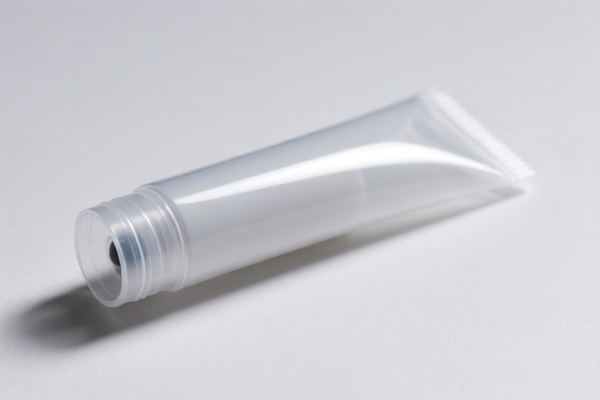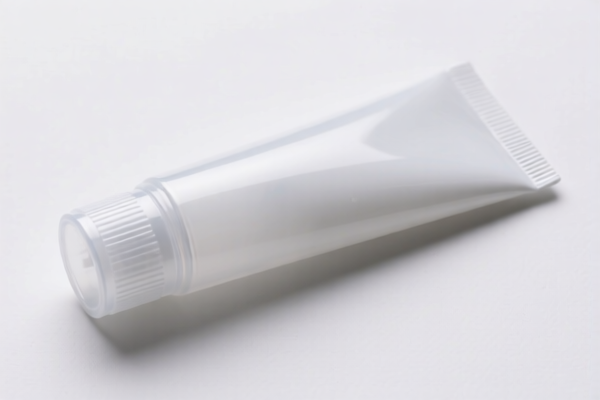| HS Code | Official Doc | Tariff Rate | Origin | Destination | Effective Date |
|---|---|---|---|---|---|
| 8421990140 | Doc | 55.0% | CN | US | 2025-05-12 |
| 8421990180 | Doc | 55.0% | CN | US | 2025-05-12 |
| 8487900080 | Doc | 83.9% | CN | US | 2025-05-12 |
| 8487900040 | Doc | 58.9% | CN | US | 2025-05-12 |
| 7017103000 | Doc | 55.0% | CN | US | 2025-05-12 |
| 7017106000 | Doc | 59.6% | CN | US | 2025-05-12 |
| 7020006000 | Doc | 60.0% | CN | US | 2025-05-12 |
| 7020003000 | Doc | 55.0% | CN | US | 2025-05-12 |
| 6815910071 | Doc | 55.0% | CN | US | 2025-05-12 |
| 6815994170 | Doc | 55.0% | CN | US | 2025-05-12 |
| 2508100000 | Doc | 55.0% | CN | US | 2025-05-12 |
| 2508400150 | Doc | 55.0% | CN | US | 2025-05-12 |
| 6806900090 | Doc | 55.0% | CN | US | 2025-05-12 |
| 6811891000 | Doc | 55.0% | CN | US | 2025-05-12 |
| 6811899000 | Doc | 55.0% | CN | US | 2025-05-12 |
| 3917320050 | Doc | 58.1% | CN | US | 2025-05-12 |
| 3917390050 | Doc | 33.1% | CN | US | 2025-05-12 |
| 3923500000 | Doc | 60.3% | CN | US | 2025-05-12 |
| 7305391000 | Doc | 30.0% | CN | US | 2025-05-12 |
| 7305395000 | Doc | 30.0% | CN | US | 2025-05-12 |
| 7304901000 | Doc | 30.0% | CN | US | 2025-05-12 |
| 7304903000 | Doc | 37.5% | CN | US | 2025-05-12 |




Filter Tube
A filter tube is a component designed to remove impurities or specific elements from fluids – liquids or gases – as they pass through it. These tubes are utilized across a broad spectrum of applications, relying on various filtration mechanisms to achieve desired purity levels.
Material
Filter tubes are constructed from a diverse range of materials, selected based on the fluid being filtered, the size and type of contaminants, temperature, pressure, and chemical compatibility requirements. Common materials include:
- Metals: Stainless steel (various grades), titanium, and other alloys are employed for high-temperature, high-pressure, and corrosive environments. Often used in industrial applications.
- Polymers: Polypropylene, nylon, PTFE (Teflon), and PVDF are popular choices for chemical resistance, lower temperatures, and general filtration needs.
- Ceramics: Alumina, zirconia, and other ceramics offer excellent chemical and thermal stability, making them suitable for demanding applications.
- Glass: Borosilicate glass is used for specific applications requiring visual inspection or high purity.
- Membranes: Polymeric membranes (e.g., cellulose acetate, polysulfone) are used for microfiltration, ultrafiltration, nanofiltration, and reverse osmosis, offering precise particle size control.
Purpose
The primary purpose of a filter tube is purification. This can encompass:
- Removal of particulate matter: Dust, sediment, debris, and other solid particles.
- Chemical purification: Eliminating specific chemicals, contaminants, or unwanted compounds.
- Sterilization: Removing bacteria, viruses, and other microorganisms.
- Gas purification: Removing pollutants, moisture, or specific gases.
Function
Filter tubes function through several mechanisms:
- Mechanical Filtration: Utilizes a physical barrier (pore size) to trap particles larger than the specified rating. This is the most common method.
- Adsorption: Utilizes a material with a high surface area to attract and bind contaminants. Activated carbon is a common adsorbent.
- Chemical Reaction: Involves a chemical reaction to neutralize or convert contaminants into harmless substances.
- Diffusion: Utilizes a semi-permeable membrane to allow certain molecules to pass through while blocking others.
Usage Scenarios
Filter tubes are employed in a vast array of industries and applications:
- Water Treatment: Municipal water purification, wastewater treatment, drinking water filters (household and industrial).
- Pharmaceutical Industry: Sterilization of intravenous fluids, purification of drug products, removal of pyrogens.
- Food and Beverage Industry: Clarification of juices, wine, and beer; removal of contaminants from processing liquids.
- Chemical Processing: Purification of solvents, removal of impurities from chemical feedstocks.
- Automotive Industry: Fuel filters, oil filters, air filters.
- HVAC Systems: Air filtration to improve air quality.
- Laboratory Research: Sample preparation, purification of reagents.
- Medical Devices: Hemodialysis filters, blood filters.
Common Types
- Depth Filters: Utilize a thick porous medium to trap particles throughout the entire depth of the filter. Offer high dirt-holding capacity. (e.g., wound string filters, melt-blown filters)
- Surface Filters: Trap particles on the surface of a membrane or screen. Offer precise particle size control. (e.g., pleated filters, screen filters, membrane filters)
- Cartridge Filters: Self-contained filters housed in a cylindrical cartridge. Easily replaceable.
- Capillary Filters: Consist of numerous small-diameter tubes, providing a large surface area for filtration.
- Sintered Filters: Made from powdered metal or ceramic particles fused together, offering high porosity and permeability.
- Activated Carbon Filters: Utilize activated carbon to adsorb organic contaminants and remove chlorine and other impurities.
- Reverse Osmosis (RO) Membranes: Utilize a semi-permeable membrane to remove dissolved salts, minerals, and other contaminants from water.
Based on the provided information, “filter tube” can be classified under the following HS codes:
- 3917320050: Tubes, pipes and hoses and fittings therefor (for example, joints, elbows, flanges), of plastics; Other tubes, pipes and hoses; Other, not reinforced or otherwise combined with other materials, without fittings. This code covers plastic tubes not reinforced or combined with other materials and without fittings.
- 3917390050: Tubes, pipes and hoses and fittings therefor (for example, joints, elbows, flanges), of plastics; Other tubes, pipes and hoses; Other Other; Other. This code covers other plastic tubes, pipes and hoses.
- 7305391000: Other tubes and pipes (for example, welded, riveted or similarly closed), having circular cross sections, the external diameter of which exceeds 406.4 mm, of iron or steel; Other, welded; Other; Of iron or nonalloy steel. This code applies to welded iron or nonalloy steel tubes with a diameter exceeding 406.4 mm.
- 7305395000: Other tubes and pipes (for example, welded, riveted or similarly closed), having circular cross sections, the external diameter of which exceeds 406.4 mm, of iron or steel; Other, welded; Other; Of alloy steel. This code applies to welded alloy steel tubes with a diameter exceeding 406.4 mm.
Explanation of HS Code Structure (based on provided reference):
The HS code is a six-digit code organized as follows:
- Chapter (First two digits): Indicates the broad category of goods. For example, Chapter 39 covers plastics and articles thereof, while Chapter 73 covers iron or steel tubes and pipes.
- Heading (Next two digits): Further specifies the type of goods within the chapter. For example, heading 3917 covers tubes, pipes and hoses of plastics.
- Subheading (Last two digits): Provides a more detailed description of the goods. For example, subheading 3917320050 specifies other tubes, pipes and hoses of plastics, not reinforced or combined with other materials, without fittings.
Important Note:
The applicable tax rate and specific requirements depend on the material composition and intended use of the filter tube. Please verify the exact material and specifications to determine the correct HS code and associated regulations.
Customer Reviews
No reviews yet.